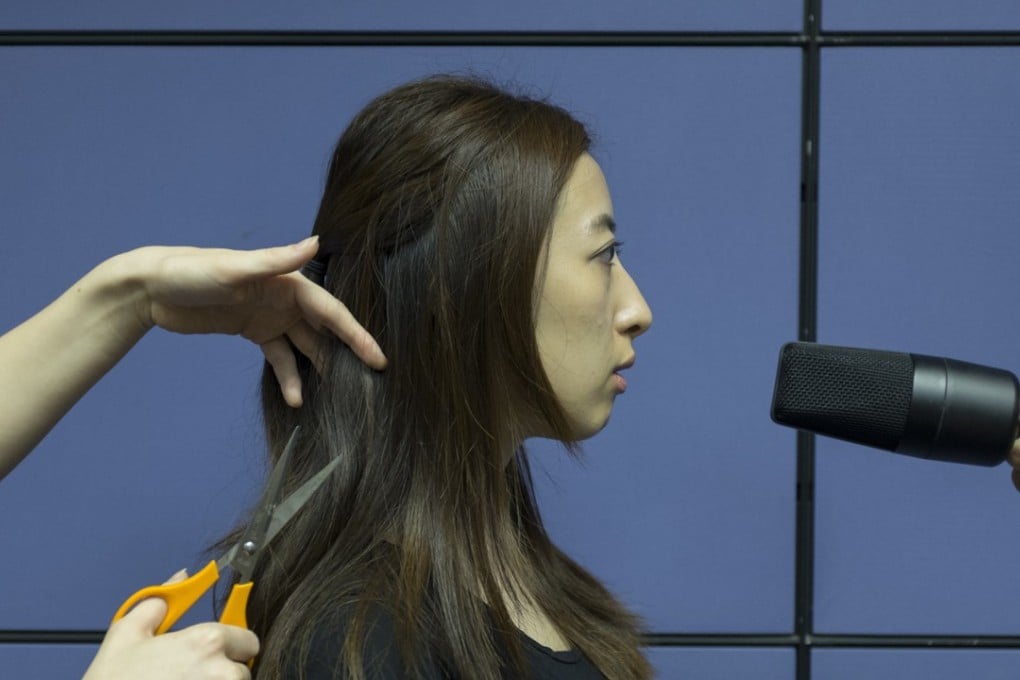The spine tingling phenomenon of ASMR: let me whisper in your ear
Listening through stereo headphones to someone whispering while stroking an object or doing a mundane task causes a soothing tingling sensation in some, and advertisers, locals and YouTubers are making the most of it

The girl on screen runs her manicured nails over a shiny red lai see packet while whispering in hushed Cantonese. Her extra-sensitive microphone picks up every pop, tap and crackle from the paper envelope and magnifies the breathiness of her gentle voice. To some, the video would be bizarre, mildly hypnotic at most. To others, the meditative combination of soft sounds and stroking movements sends tingles down their spines.
This peculiar phenomenon is known as autonomous sensory meridian response, or ASMR. YouTube is flooded with 45-minute-long clips of “ASMRtists” (usually women) gently carrying out mundane activities while narrating in whispers. The effect relies on stereo, or “binaural”, headphones, which split the sound between the listeners’ ears, immersing them in the video and making it feel like someone is whispering directly to them.
Those who watch the videos – occasionally referred to as “tingleheads” within the community – pursue physical sensations that range from a sense of calm, to tingles radiating from the scalp, to goose bumps or shivers over the whole body. The level of reaction depends on the visual or audio “trigger”, which differ from person to person. Some of the most popular include tapping and crinkling everyday objects, demonstrating how to apply make-up, or simply inaudible whispering. As well as that pleasant tingling sensation, viewers use the videos help them relax, destress, focus, feel more positive, or fall asleep.

The girl in the lai see video goes by the moniker ASMR Canto and does not want to reveal her real name. Using just her laptop and a Blue Yeti USB microphone, she has been producing videos for three years and building a local fanbase in Hong Kong. She discovered ASMR’s allure when she happened upon a hand massage video, which she remembers feeling instantly “calmed and mesmerised” by.